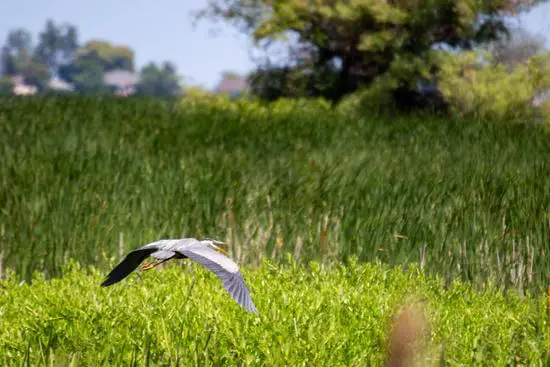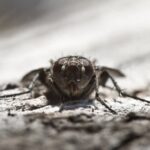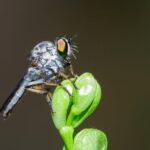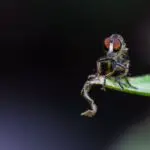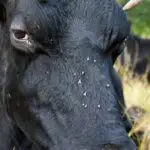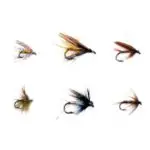Why Are Flies Called Flies?
Flies are insects with a variety of functions. Some feed on plants and fungi. Others lay eggs in leaves or stems. The larvae of many flies produce chemicals that transform plant matter into a gall, which provides protection from predators and food for the adult flies. Other flies serve as pollinators or help clean up dead animals and dung. While flies can be a nuisance to humans, they play a vital role in ecosystems.
Flies are also great aerialists, with the ability to hover and fly backwards. Some species have complex courtship rituals. For example, male fruit flies must perform a series of steps to attract a female. In order to seduce a female, a male fruit fly must tap her abdomen, sing with vibrating wings, and touch the genitals with his mouth parts.
While flies can live anywhere, they are found in moist and damp environments. They are also known to have complete metamorphosis. The larvae of flies are often worm-like and lack jointed legs. They molt many times before turning into an adult.
A fly may have many names, but some of the most familiar are house flies, blow flies, and vinegar flies. Some are called bottle flies because they have shiny bodies, much like a colored glass bottle.
